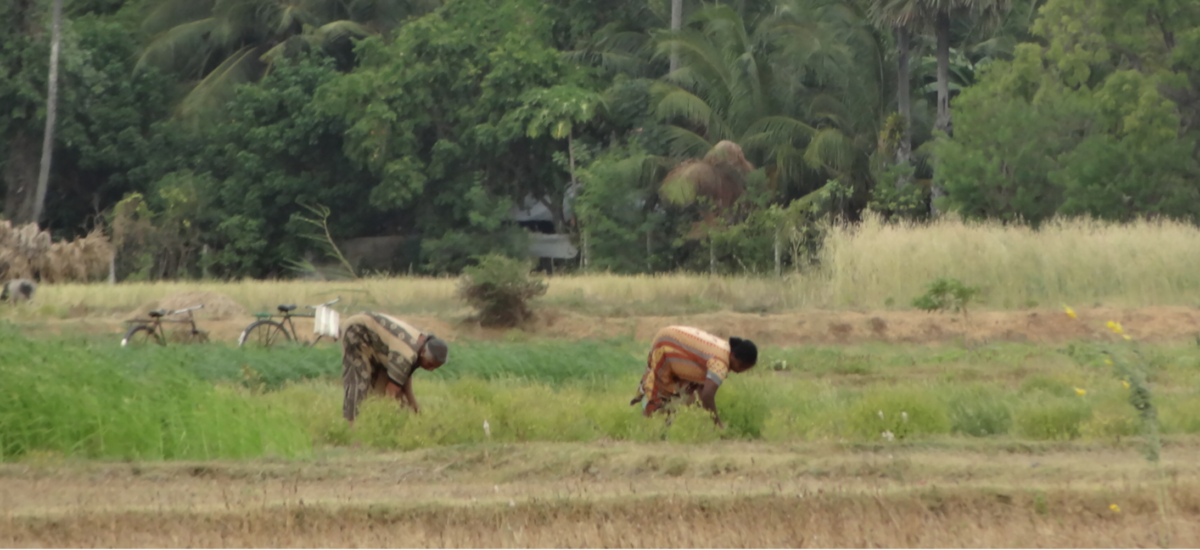Featured image courtesy Athavan News
This is in reference to Dr.Rohan Wickramasinghe’s valuable and interesting article of Tuesday 6th June. The desertification process in Jaffna has been detected and analysed for over half a century and the main solution also worked out. This is a ‘River for Jaffna’ that involves sealing the Elephant Pass lagoon at the crossing and the Eastern end and let Kanagarayan Aaru gradually convert it into a fresh water lagoon. This will increase the quantity of fresh water in the lagoon and reduce the proportion of salt water. In turn, the water bodies within the peninsula, which are connected to the Elephant Pass lagoon will improve in quantity and quality. These periodically dry up during the dry season and could be manually leaked of salt during those seasons. All these, in turn will lead to improving the quality and quantity of the wells in the Peninsula. This improvement will continue indefinitely unless there is over extraction of water from the wells for farming and other uses.
To avoid this, some of us have suggested two remedies, namely to avoid the over population of the peninsula and, secondly, gradually change farming practices in Jaffna. Pre-war, Jaffna had a population of close to one million, which is much too many. The present population of about half a million seems to be optimal. To avoid an influx of population post-war, farmers in particular should be encouraged to migrate to the Vanni where there is ample scope for productive cultivation. Regarding farming practices, traditional Jaffna cultivation, with focus on subsidiary food crops is heavily dependent on large inputs of water and agro-chemicals, both of which are particularly harmful to the ecology of the peninsula. These cultivations could be replaced by tree crops such as mango, jak and plantains which have proved to be very successful in Jaffna, if less remunerative than onions, chillies and tobacco. The expansion of the production of fruit crops need to be supplemented by fruit preservation industries and appropriate marketing strategies.
The resort to Jojoba cultivation recommended by Rohan is a further option. There is yet time to avoid desertification of the whole of Jaffna and to retain its greenery, but even now there are arid patches (there always have been) within the peninsula and in some of the off shore islands. The Jaffna farmers could experiment with Jojoba on these lands. With their traditional enterprise and expertise, there is no doubt that they will make a success of it. Hopefully the export of fruits, both fresh and in preserved form, and of Jojoba will soon become a feature of Jaffna.
Readers who found this article enlightening might enjoy, “Dealing with caste prejudice and inequalities in Sri Lanka” and “Paradise Lost: The hidden costs of tourism development in Sri Lanka“

